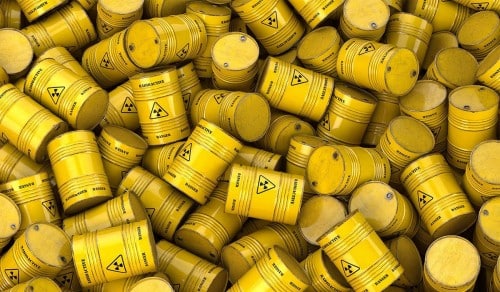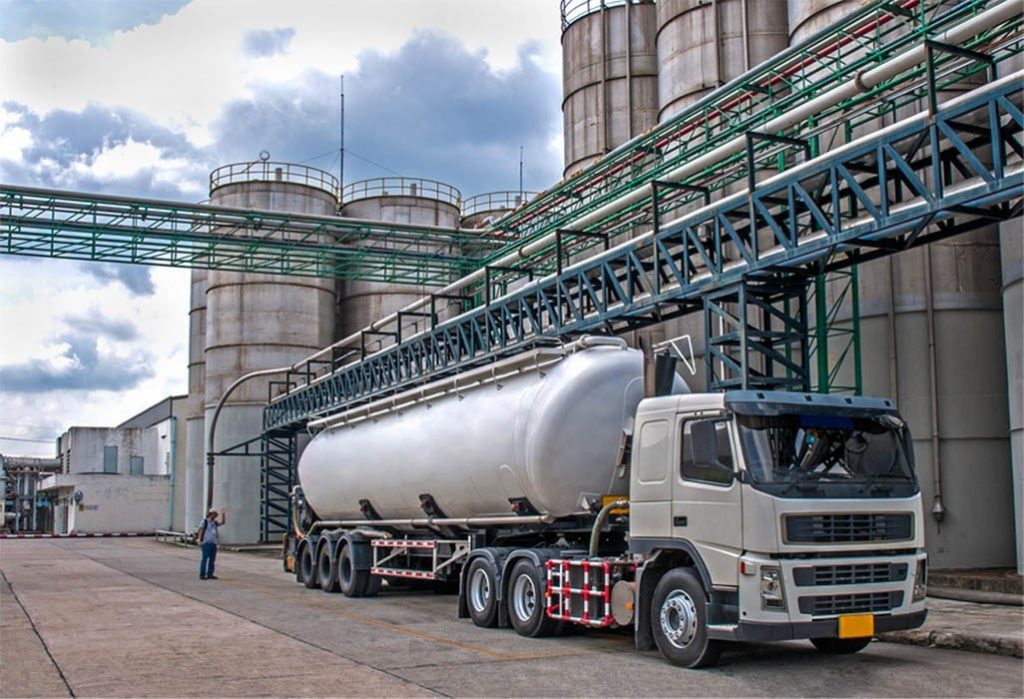Waste & material traceability solution for sustainable facilities

Did you know that almost 60 kg of hazardous waste is generated in a year for every single person in the world? As the population increases, so does the amount of hazardous waste. For such mass-produced waste, Hazardous Waste is very delicate to dispose of when improperly handled. It can harm many individuals or the environment.
Hazardous wastes can take the form of solids, liquids, sludges, or contained gases, and they are generated primarily by chemical production, manufacturing, and other industrial activities. Inside regular households, these can be, cleaning solvents, spent acids and bases, metal finishing wastes, painting wastes, sludges from air and water pollution control units, and many other discarded materials. For industrial activities, they can be classified based on their biological, chemical, and physical properties. These properties generate materials that are either toxic, reactive, ignitable, infectious, or radioactive.
Disposal of this waste starts with classifying to check if it’s hazardous. This is usually done by labeling and coding. For the sake of household waste, most household products are not harmful if used according to label directions. However, they can become dangerous if used improperly, stored wrong, or if unused portions are disposed of in the wrong ways. One of the highly made mistakes for Household Hazardous Waste is to put these items into regular containers or pouring them down the drain. As noted before, these steps must be avoided for they can be dangerous to human health, harmful to pipe systems, or can leak into water supplies and cause air or water pollution.

After you divide the waste in terms of its characteristics as ignitability, corrosivity, reactivity, and toxicity, usually highway shipment is the most commonly used choice because road vehicles can gain access to most industrial sites. Air shipment is rarely the choice. The trucks used for these transportations are made of steel or aluminum alloy, with high capacities and carried into Hazardous Waste Drop Off Sites. If any leak or accidents, there should be immediate actions taken, and authorities should be informed for further action.
Without Hazardous Waste Drop Off Sites separated from regular waste drop-offs, serious threats can occur since the mixture of non-hazardous waste can be complicated and dangerous to deal with.
Hazardous waste can be challenging to store and transport. This also applies to hazardous Waste Disposal methods. Hazardous waste can be treated by chemical, thermal, biological, and physical methods.
Chemical methods include ion exchange, precipitation, oxidation and reduction, and neutralization. Among thermal methods is high-temperature incineration, which can detoxify particular organic wastes and destroy them. Special thermal equipment types are used for burning waste in either solid, liquid, or sludge form. These include the fluidized-bed incinerator, multiple-hearth furnace, rotary kiln, and liquid-injection incinerator. One thing to be pointed at is how these methods can be harmful to the environment.
Biological treatment of particular organic wastes, such as those from the petroleum industry, is also one treatment method. Another method used to treat hazardous waste biologically is called landfarming. In this technique, the waste is carefully mixed with surface soil on a suitable tract of land. Microbes that can metabolize the waste may be added, along with nutrients. In some cases, a genetically engineered species of bacteria is used. Food or forage crops are not grown on the same site. Microbes can also be used for stabilizing hazardous wastes on previously contaminated sites; in that case, the process is called bioremediation.
As mentioned, the whole process can be challenging, dangerous, and harmful to the environment, even if the proper method is used, which is, unfortunately, not always the case. But there is something that you can do as an individual. You can follow the label instruction. There are instructions on every daily product for how to store or help the disposing process properly. Try to use the product to its fullest to avoid leaking. Recycle, reduce the overall demand for hazardous household products, and the amount of waste produced. Donate unfinished products such as half a can of paint. Throw it in the trash with special treatment. Flush a minimal amount, no more than a cup, down the drain with plenty of water. Save for a collection day to avoid leaks.
For bigger disposal of Hazardous Waste, you might need bigger solutions than Household measures. Evreka gives the opportunity to fully manage all the operations with a single platform and achieve legislative perfection. Request your Demo today.